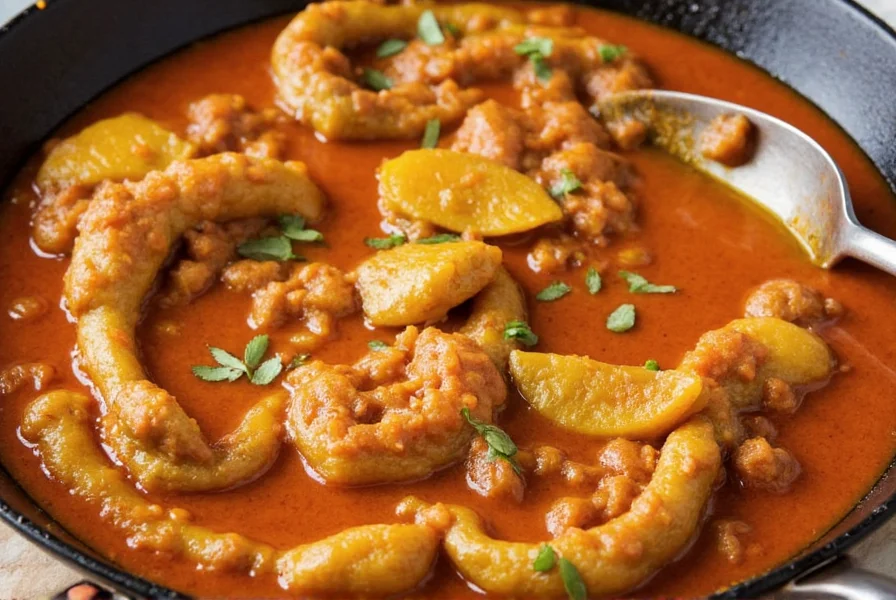
Vindaloo spice blend is a traditional Indian spice mixture used to make the famous Goan curry. It typically includes cumin, coriander, fenugreek, Kashmiri chili powder, and vinegar for tanginess. This guide covers the essential ingredients, how to use them, and buying tips for authentic vindaloo flavor.
Table of Contents
- What Is Vindaloo?
- Core Spice Ingredients in Vindaloo
- Vindaloo Blends vs Homemade Magic
- Buying Guide: Finding the Perfect Vindaloo Spice Blend
- Top Cooking Tips for Using Vindaloo Spices
- FAQs About Vindaloo Spices
- Conclusion
What Is Vindaloo?
Originating from Goa, India, vindaloo is a beloved curry dish that fuses Portuguese preservation techniques (like marinating meat in vinegar) with Indian spices. Originally created to preserve pork using vinegar instead of salt during long sea voyages, it evolved into one of the spiciest curries known worldwide.
The defining characteristics of vindaloo include:
- High spice levels (heat!)
- Tanginess from vinegar
- A complex flavor profile from spices like cumin, coriander, cinnamon, cloves, and more
- A rich, slow-cooked base often made with meat, potatoes, or tofu
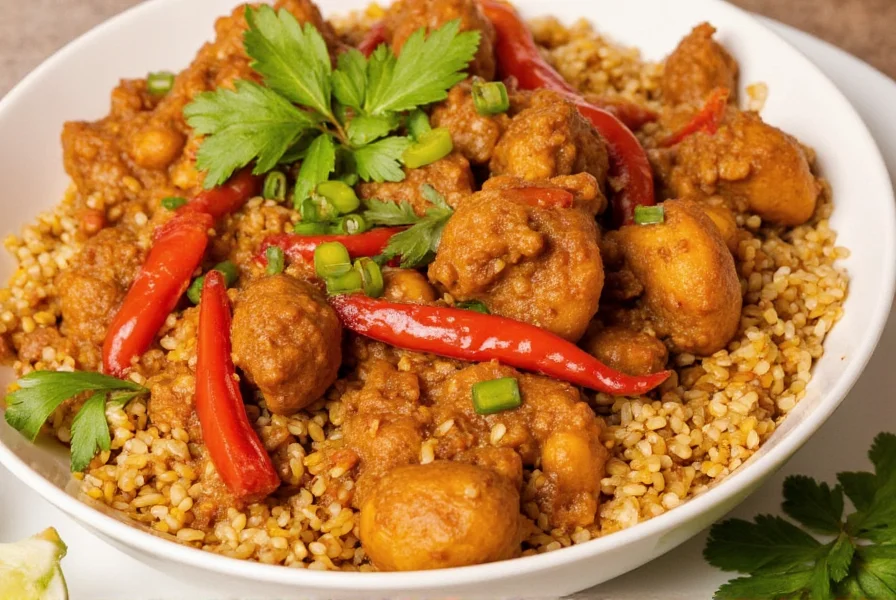
Core Spice Ingredients in Vindaloo
| Spice | Description | Flavor Contribution |
|---|---|---|
| Cumin | Earthy, nutty, and slightly smoky | Adds warmth and helps ground the intense flavors |
| Coriander | Floral, citrusy, and sweet | Softens the heat and adds brightness |
| Fenugreek | Bitter, maple-like aroma | Lends an aromatic backbone and slight bitterness |
| Cinnamon & Clove | Warm, sweet, and pungent | Introduces complexity and subtle sweetness |
| Kashmiri Red Chili Powder | Mild heat with vibrant color | Contributes color and mild spiciness |
| Cayenne Pepper | Hotter than chili powder | Ramps up the heat level significantly |
| Black Pepper | Pungent, sharp, earthy | Enhances absorption of other spices |
| Ginger & Garlic | Spicy, pungent, and fragrant | Provides body and enhances overall richness |
| Vinegar (Not a spice, but crucial) | Sour and acidic | Preserves texture and delivers that iconic tang |
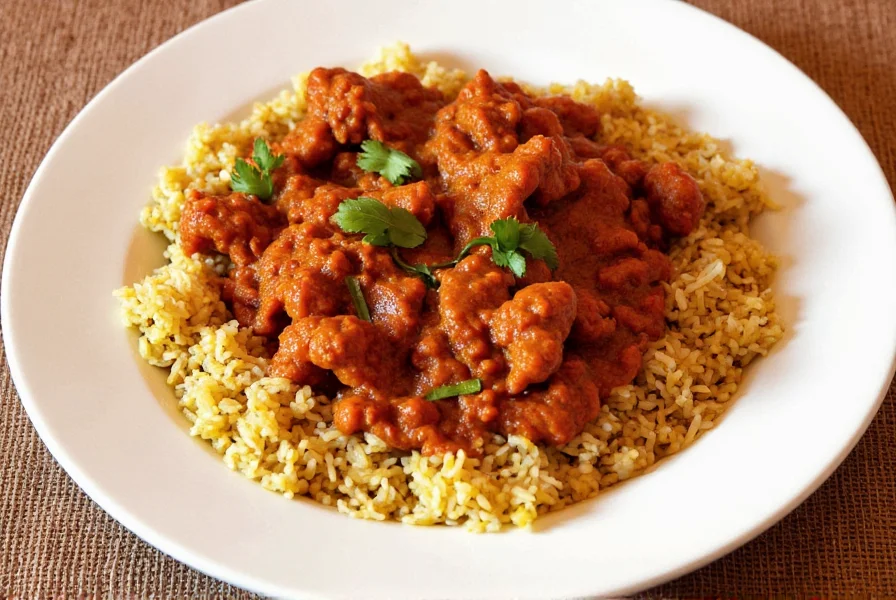
Vindaloo Blends vs Homemade Magic
There are two ways to enjoy vindaloo: buying pre-made spice blends or crafting your own at home. Let's compare them:
| Option | Pros | Cons | Best For |
|---|---|---|---|
| Store-Bought Vindaloo Blends | Convenient, time-saving, consistent flavor | Limited customization, sometimes too salty or artificial | Busy cooks, beginners, last-minute meals |
| Homemade Spice Mix | Total control over ingredients, fresher, customizable heat & tang | Takes more prep time, requires knowledge of ratios | Home chefs, spice lovers, foodies looking for authenticity |
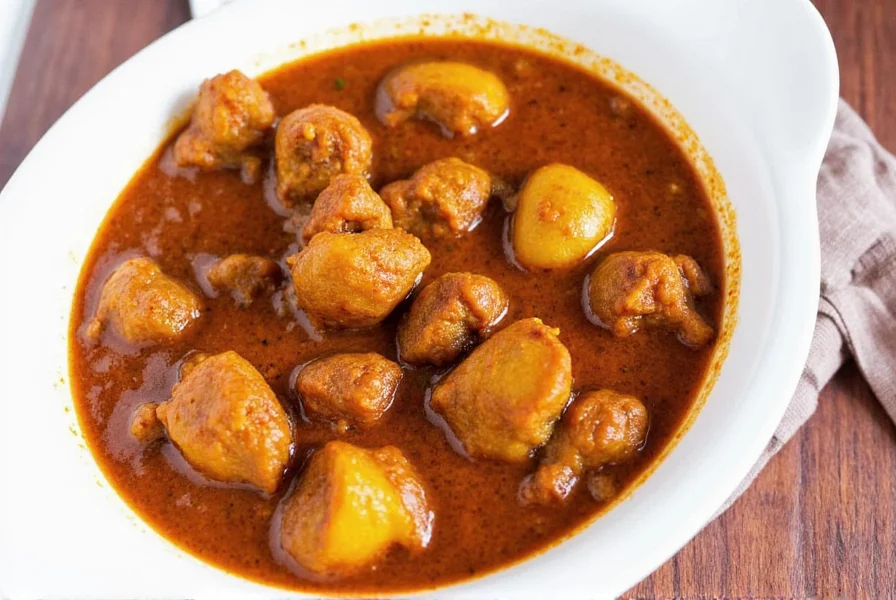
Sample Homemade Vindaloo Spice Blend Recipe
- 2 tbsp cumin seeds
- 2 tbsp coriander seeds
- 1 tsp fenugreek seeds
- 1 stick cinnamon
- 4 whole cloves
- 1 tbsp Kashmiri chili powder
- 1 tsp black peppercorns
- 1 tsp turmeric powder
- 1 tbsp brown sugar or jaggery (optional for balance)
Toast all whole spices lightly in a dry pan until fragrant. Cool, then grind into a fine powder. Add chili, turmeric, and optional sugar. Store in an airtight container.
Buying Guide: Finding the Perfect Vindaloo Spice Blend
If you're opting for a store-bought vindaloo spice mix, here are some things to look for:
Things to Consider When Buying
- Heat Level: Look for labels indicating "medium," "hot," or "extra hot." If unsure, start with medium.
- Ingredients List: Avoid mixes with preservatives, artificial colors, or excessive salt.
- Authenticity: Some brands offer Goan-style vindaloo, while others may use generic curry powders labeled as vindaloo.
- Form: Choose between ready-to-use pastes, dry powders, or whole spice kits.
Top Recommended Brands
Here are a few top-performing vindaloo spice products available on the market today:
| Product | Features | Advantages | Best For | Occasion |
|---|---|---|---|---|
| MDH Vindaloo Masala | Dry powder blend with balanced heat | Inexpensive, widely available, authentic flavor | Everyday cooking | Weeknight dinners |
| Shan Vindaloo Instant Mix | Ready-to-use paste, quick preparation | Fast and convenient, great for busy nights | Quick meal prep | Office lunches |
| Spice Garden Whole Spice Kit | Whole spices to roast and grind yourself | Fresher, customizable, premium experience | Home chefs and spice enthusiasts | Weekend cooking sessions |
| Himalaya Organic Vindaloo Powder | Organic, non-GMO, no preservatives | Healthy option for clean eaters | Health-conscious users | Family meals |
| Amrita Vindaloo Curry Paste | Coconut milk-based, vegan-friendly | Perfect for vegans and plant-based diets | Vegan households | Dinner parties |
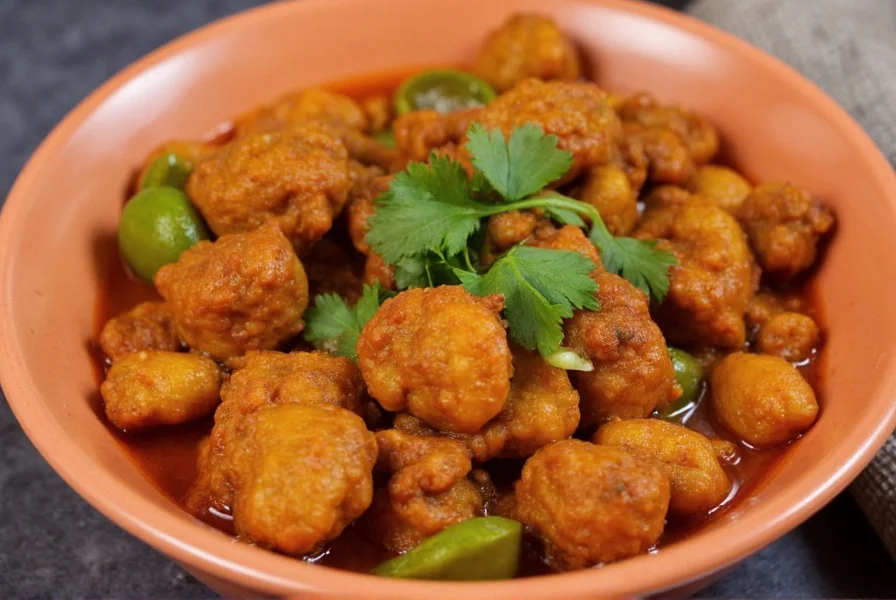
Top Cooking Tips for Using Vindaloo Spices
Vindaloo is not just about throwing everything into a pot. To get that restaurant-level flavor at home, follow these pro tips:
- Marinate overnight: Especially when using meat, marinating with vindaloo spices and vinegar overnight tenderizes the protein and deepens the flavor.
- Toasting spices first: Dry-roast whole spices before grinding to enhance their aromas.
- Use quality vinegar: Opt for apple cider vinegar or white wine vinegar instead of cheap distilled versions for better flavor.
- Add potatoes: Traditional vindaloo includes potatoes for texture and balance — they absorb excess heat beautifully.
- Simmer slowly: Low and slow cooking ensures spices infuse well and proteins become fork-tender.
- Finish with a touch of sweetness: A pinch of brown sugar or honey can counterbalance the vinegar tang and chili heat.
- Rest the curry: Letting vindaloo sit for a few hours or overnight allows flavors to meld even more.
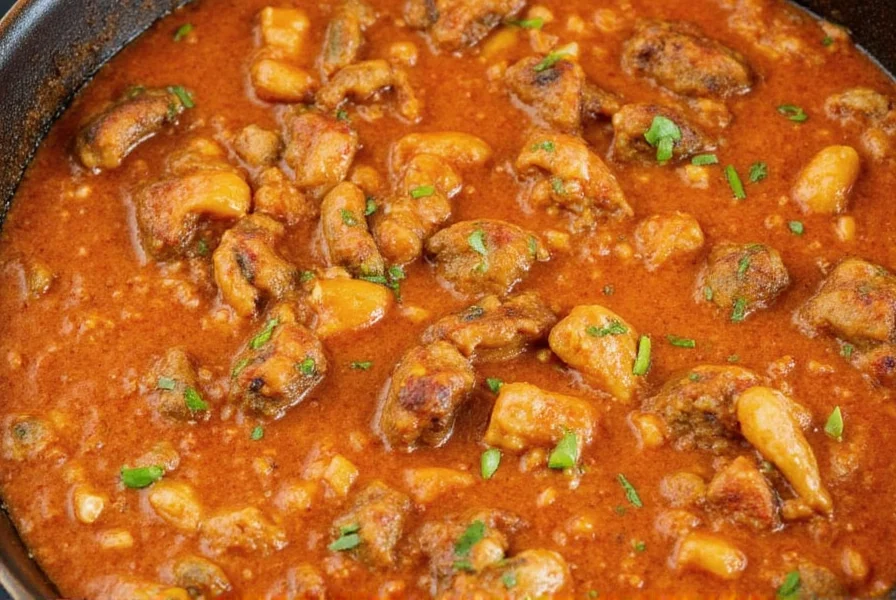
FAQs About Vindaloo Spices
1. What are the 3 essential vindaloo spices for authentic flavor?
While vindaloo uses many spices, the three most essential are: 1) Kashmiri red chili powder (for color and moderate heat), 2) Cumin (for earthy depth), and 3) Vinegar (not a spice but absolutely essential for the signature tang). These three elements create the foundation of authentic Goan vindaloo that distinguishes it from other curries.
2. Can I use regular curry powder instead of vindaloo spices?
Nope! Regular curry powder lacks the necessary heat, vinegar, and depth of vindaloo. While it might resemble the flavor slightly, vindaloo is much more specific in its spice combination and preparation method.
3. Is vindaloo always spicy?
Traditionally yes, but you can customize the heat by adjusting chili content. Want milder? Use less cayenne and more Kashmiri chili powder.
4. How do I store vindaloo spice mix?
Keep it in an airtight glass jar away from sunlight and moisture. Homemade mixes last up to 3 months; store-bought ones usually have longer shelf life due to preservatives.
5. Can I make vegetarian vindaloo?
Absolutely! Replace meat with firm tofu, chickpeas, paneer, or mushrooms. Potatoes are traditional and add bulk and texture.
6. What sides go best with vindaloo?
- Steamed basmati rice
- Naan or garlic naan
- Onion rings or raita (to cool down the heat)
- Goan pao (soft bread rolls)
7. What's the difference between vindaloo and other Indian curries?
Vindaloo stands out due to its distinctive tanginess from vinegar (a Portuguese influence), higher heat level, and specific spice blend featuring cumin, coriander, and Kashmiri chilies. Unlike butter chicken or tikka masala which are creamy, vindaloo is vinegar-based and traditionally has no dairy.
8. Can I make vindaloo without vinegar?
While you can technically omit vinegar, you'd lose vindaloo's defining characteristic. The name 'vindaloo' actually comes from the Portuguese 'vinha d'alhos' (wine/vinegar and garlic). For authentic flavor, vinegar is essential. If you must substitute, try tamarind paste or amchoor (dry mango powder) for tang, but it won't be traditional vindaloo.
Conclusion
Vindaloo spices are the heart and soul of this bold, tangy, and fiery curry that has won hearts globally. Whether you opt for store-bought convenience or dive into making your own custom blend, mastering the balance of heat, acid, and aromatic spices will elevate your kitchen game.
From selecting the right blend to perfecting the marination and simmering process, vindaloo is not just a dish — it's a celebration of flavor. So grab those spices, fire up the stove, and let your kitchen sizzle with the spirit of Goa.
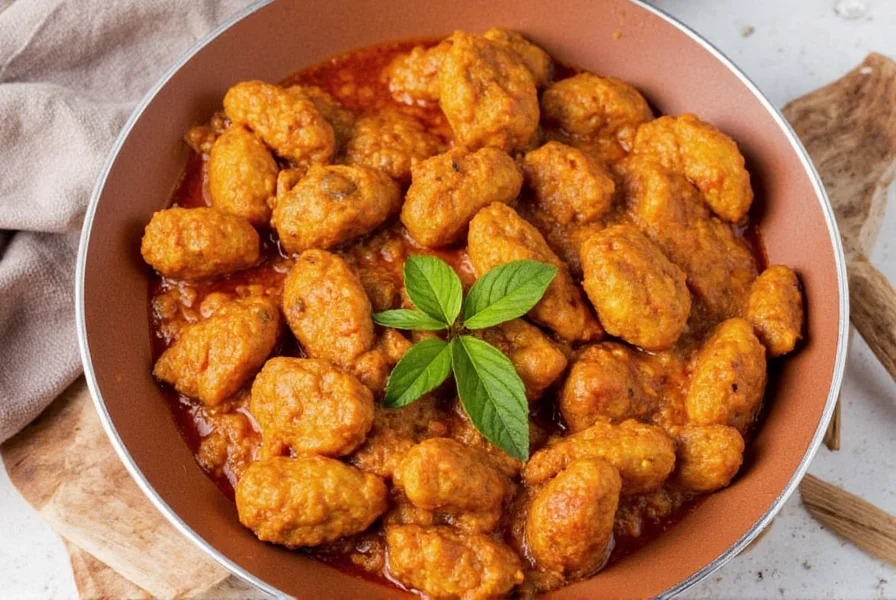

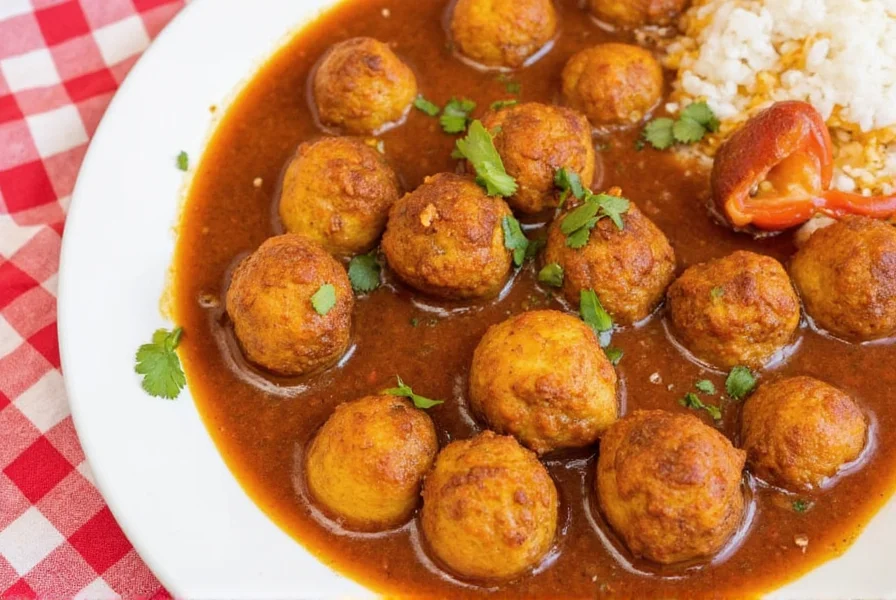









 浙公网安备
33010002000092号
浙公网安备
33010002000092号 浙B2-20120091-4
浙B2-20120091-4